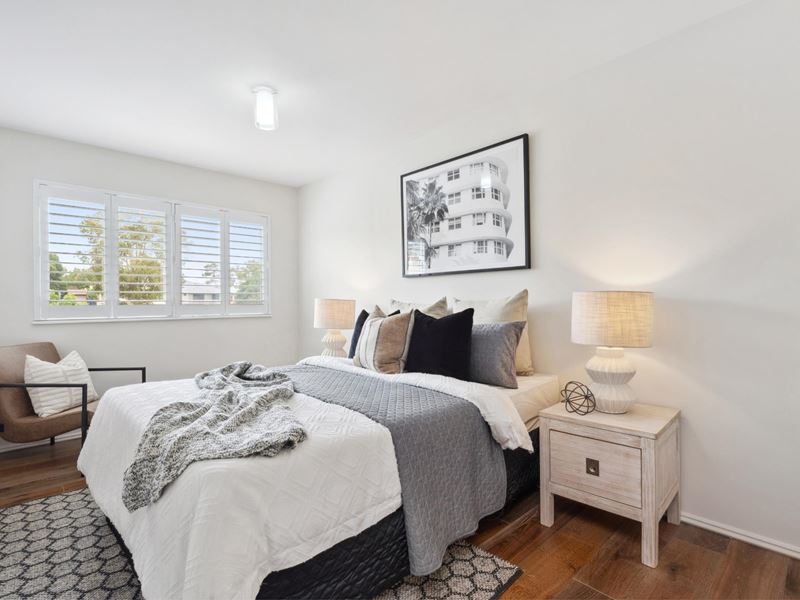How Can I Find a Room for Rent: The Ultimate Guide

Finding a room for rent can be an exciting yet challenging task—especially when balancing affordability, safety, and location. Whether you’re relocating for school, work, or simply downsizing, learning how to find a room for rent efficiently will save you time, money, and stress.
In this comprehensive guide, you’ll discover the best strategies, tools, and tips for finding a room to rent, no matter where you are. We’ll walk you through everything from setting a budget to avoiding rental scams—so you can secure a space that meets your lifestyle and financial goals.
Let’s dive in.
Why Renting a Room Makes Sense
Renting a room is a cost-effective housing solution. Here’s why many people prefer it:
- Lower monthly rent compared to full apartments.
- Shared utility expenses mean additional savings.
- Greater flexibility with shorter lease terms.
- Ideal for students, young professionals, or people in transition.
If you’re looking to cut costs or need a short-term living solution, room rentals offer a practical alternative.
Set Your Budget Before You Start
Determine What You Can Afford
Before searching, calculate how much you can realistically spend each month. Consider:
- Rent
- Utilities
- Internet
- Transportation
- Food and other living expenses
A general rule is to keep housing costs below 30% of your monthly income.
Decide on Your Ideal Location
What to Look for in a Neighborhood
The right location depends on your lifestyle. Ask yourself:
- How close is it to work or school?
- Is public transportation nearby?
- Are grocery stores, gyms, or parks easily accessible?
- What is the neighborhood safety rating?
Use tools like Google Maps, community forums, and local crime maps to evaluate.
Start Your Search Online
Best Websites to Find a Room for Rent
Online platforms make it easy to compare listings. Top room rental sites include:
- Craigslist
- Facebook Marketplace and Groups
- Roomi
- Roomster
- SpareRoom
- PadMapper
- Zumper
- HotPads
Tip: Always use filters to narrow down results by price, location, and move-in date.
Use Roommate Finder Apps
Matching with Compatible Roommates
If you don’t already know someone renting a room, roommate-matching apps can help:
- Roomi – background checks and secure messaging
- Bungalow – fully-furnished co-living spaces
- Roommates.com – matches based on lifestyle preferences
- Diggz – filters by budget, habits, and lease flexibility
These apps often include identity verification, which adds a layer of security.
Network Through Personal Connections
Ask Around
Word of mouth is a powerful way to find trustworthy rentals. Ask:
- Friends
- Family
- Coworkers
- Alumni networks
Post on your personal social media and let people know you’re looking for a room.
Visit Local Bulletin Boards
Offline Strategies Still Work
Check out physical notice boards at:
- College campuses
- Cafés and libraries
- Churches or community centers
- Laundromats and grocery stores
These often list room rentals that aren’t online.
Know What to Look for in a Room Listing
Key Details in Every Listing
When browsing ads, ensure they include:
- Rent amount and if utilities are included
- Move-in date
- Lease length
- Rules (smoking, pets, guests)
- Photos of the room and common areas
- Number of current roommates and their lifestyle
Always clarify anything missing before arranging a visit.
Schedule In-Person or Virtual Tours
Evaluate the Space Yourself
Never rent without seeing the room. During the tour, check:
- Room size, condition, and natural light
- Cleanliness of kitchen and bathroom
- Storage space
- Noise level from neighbors or traffic
- Lock security
Use video tours if you’re relocating from afar.
Ask the Right Questions
What You Should Know Before Renting
Here are essential questions to ask your potential landlord or roommate:
- What’s the monthly rent, and what’s included?
- How are utilities divided?
- What’s the lease term? Is there a deposit?
- What’s the guest or noise policy?
- Are there chores or cleaning schedules?
These help avoid misunderstandings later on.
Understand the Lease Terms
Read Before Signing
Before signing anything:
- Review lease clauses on rent, deposits, notice periods, and house rules.
- Ensure it specifies shared responsibility for utilities and damages.
- Watch out for vague or missing information.
If something feels off, trust your gut—and consider walking away.
Avoid Scams and Red Flags
Stay Safe During Your Search
Common scam indicators:
- Listings with no photos or vague descriptions
- Requests for payment before a tour
- Deals that sound too good to be true
- Pressure to sign quickly
Always meet in public spaces for first interactions and use secure payment methods.
Prepare for the Move-In
Make a Smooth Transition
Once you’ve secured the room:
- Pack essentials (bed, desk, clothes, toiletries)
- Set up utilities and internet (if required)
- Update your address for mail delivery
- Get renter’s insurance for added protection
Start your stay on the right foot by communicating clearly with your new housemates.
Pros and Cons of Renting a Room
| Pros | Cons |
|---|---|
| Affordable rent | Less privacy |
| Split utility and internet | Shared responsibilities |
| Social opportunities | Possible lifestyle mismatches |
| Shorter lease terms | Limited customization |
Weigh these before deciding if room renting is right for you.
Bonus Tips for First-Time Renters
- Use a spreadsheet to compare listings and track contacts.
- Bring a friend when visiting new places.
- Read reviews of property managers or landlords.
- Prepare references or proof of income in advance.
Conclusion
Finding a room for rent doesn’t have to be stressful. By setting a clear budget, using trusted resources, and asking the right questions, you can land a great room in a location that suits your needs and lifestyle.
Now it’s your turn. What matters most to you when looking for a room—price, location, or roommates? Let us know in the comments or explore more helpful housing tips on our blog.
If you’re asking yourself how can I find a room for rent, this guide will walk you through every step to make the process easy, safe, and successful.


